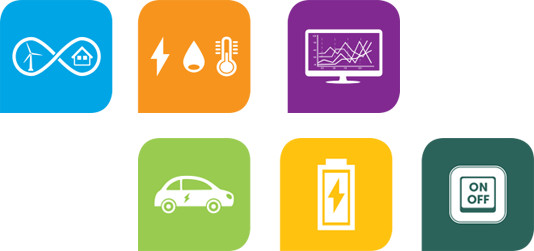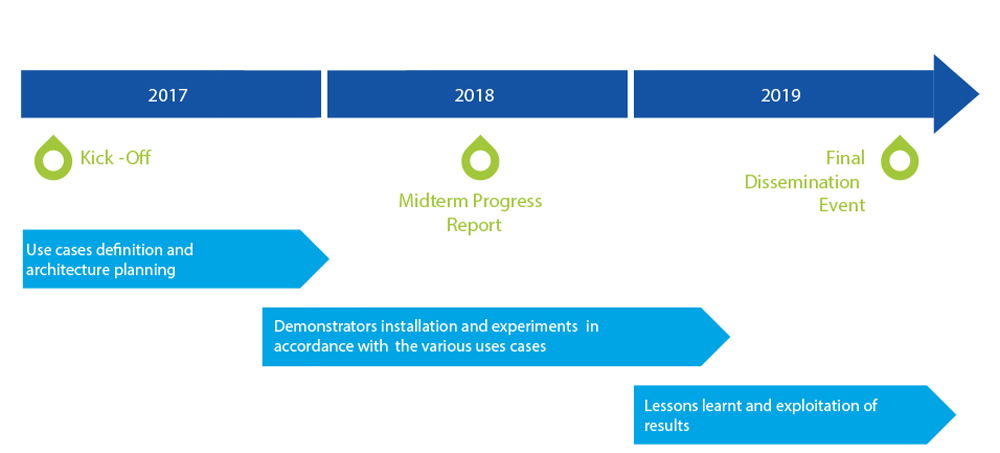The European electric power systems have undergone dramatic changes within the last two decades.
Distributed renewable energy sources such as wind or solar power have reached significant shares while new uses of electricity have emerged, and there is still much to come with the ongoing e-mobility development.
Today, the vast majority of the renewable energy sources is connected to the distribution grid. On that same grid, millions of electric vehicle charging stations all over Europe are likely to be deployed within the upcoming years.
The distribution grid will need to adapt to rapidly changing energy flows. In the aim of minimizing the corresponding grid investments the distributed system operators will play a major role, within a more local approach, exploring the various means of managing temporarily the exchanged energy with the grid :
A customer reducing his consumption at peak time
A storage system charging when renewable energy is available
InterFlex explores pathways to adapt and modernize the electric distribution system in line with the objectives of the 2020 and 2030 climate-energy packages of the European Commission. Six demonstration projects are conducted in five EU Member States (Czech Republic, France, Germany, The Netherlands and Sweden) in order to provide deep insights into the market and development
potential of the orientations that were given by the call for proposals, i.e., demand-response, smart grid, storage and energy system integration.
With Enedis as the global coordinator and ČEZ Distribuce as the technical director, InterFlex relies on a set of 6 innovation streams.
Six industry-scale demonstrators are being set up in the participating European countries:

Through the different demonstration projects, InterFlex will assess how the integration of the new solutions can lead to a local energy optimisation. Technically speaking, the success of these demonstrations requires that some of the new solutions, which are today at TRLs 5-7, are further developed reaching TRLs 7-9 to be deployed in real-life conditions. This allows new business models and contractual relationships to be evaluated between the DSOs and the market players.
In summary, InterFlex constitutes a response to the Low Carbon Energy LCE-02-2016 call (4/2016):
“Demonstration of smart grid, storage, and system integration technologies with increasing share of renewables.”
InterFlex 3 main Objectives
1
Demonstrate a set of technologies and solutions in a real-scale environment in the context of an increasing share of renewable energy sources (e.g. 50% by 2030)
2
Use of high level maturity technologies (TRL 5-8)
3
Demonstration and validation of new business models integrating
- Distributed energy resources (wind, solar)
- Flexibilities on a local scale (storage; optimized utilization of different energy carriers such as electricity, gas or heat, smart EV charging)
Ambitions and expected impacts
Optimal use of renewable power generation assets
Increased share of renewables
Transport decarbonisation
New offers & activities (aggregation, use of flexibility levers and assets)
Local balance opti-mization (micro grids, self-consumption)
Potential savings for end customers
Regulatory evolutions to foster the efficient utilization of flexibilities
Recommendations for micro grid operations
Regulatory framework for self- consumption and storage solutions
Global project planning

